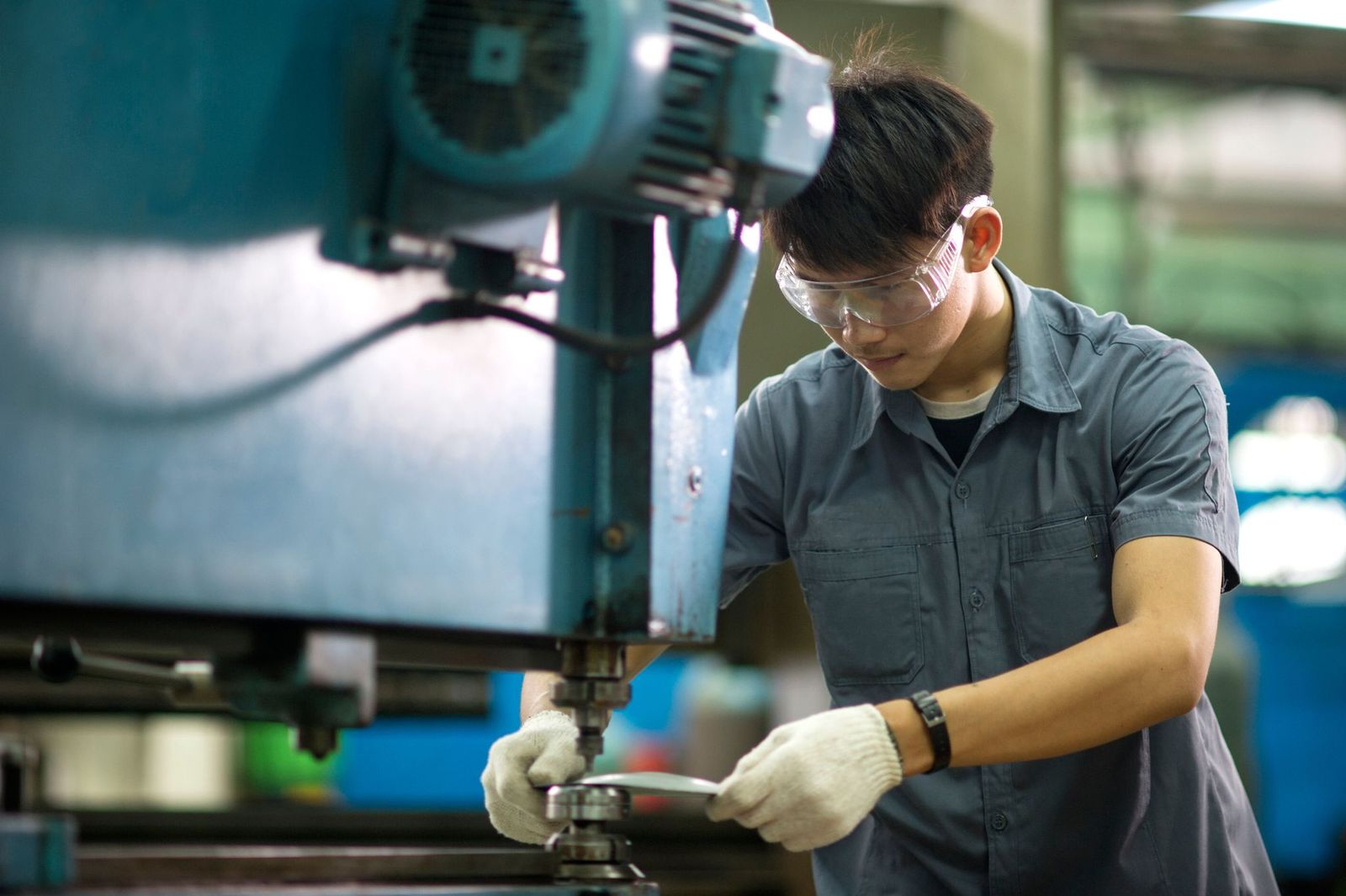Forging involves squeezing, pressing, and/or pounding metal under great pressure. The intent is to produce high-strength, high-quality components. Aluminum is favored by several industries, including the automotive and aerospace sectors. Yet, in the search to produce the ideal part for a specific application, the fabricator and the manufacturer must carefully choose the right aluminum forging process.
Types of Forging Processes
It is impossible to stress the importance of marrying the type of forging process to the application. Basically, it is possible to produce an aluminum component using one of the following three common methods:
- Closed-Die Forging or Impression Die Forging: This forging process can produce large and small; simple or complex parts. The method involves forcing together two or more custom or standard dies containing raw material to create the desired component. Aluminum is one of the most common metals used in this process.
- Cold Forging: While most types of forging are called hot work with temperatures soaring as high as 2300 degrees F, cold forging is not. It shapes and bends aluminum at room temperature. Open Die Forging is performed between flat dies with no precut profiles is the dies. Movement of the workpiece is the key to this method. Larger parts over 200,000 lbs and 80 feet in length can be hammered or pressed into shape this way.
- Seamless Rolled Ring Forging: The workpiece may start round and thick, but this method punches a hole into it before squeezing and rolling this donut-like metal into a thin ring.
The Aluminum Forging Process: Different Types
When it comes time to choose the aluminum forging process, the focus is on the application. Forging techniques alter to address this aspect of production. Choosing the right one is imperative. In the end, if the final component is to be characterized by the requirements essential to ensure its functionality, durability, reliability and specified size and shape, the metal and method must be in perfect synch.
